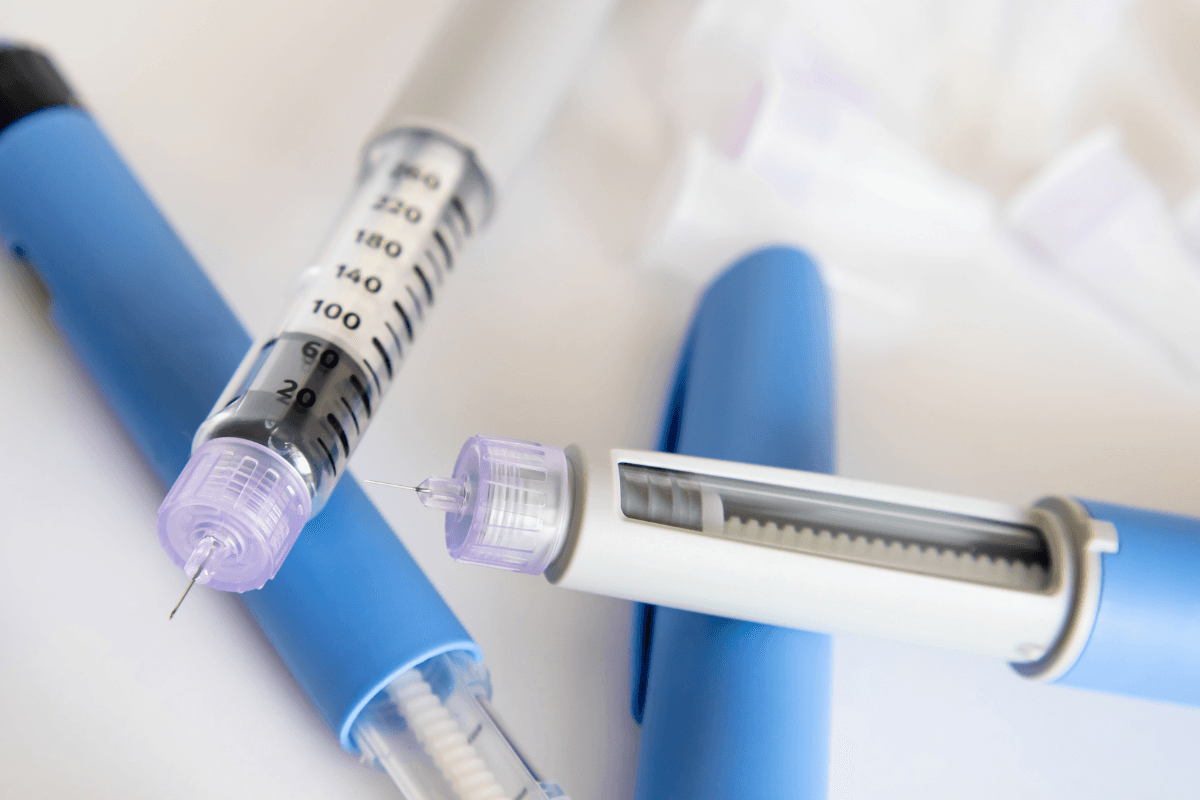Tirzepatide, initially developed for managing diabetes, has demonstrated promising results in the treatment of obstructive sleep apnea (OSA), a condition associated with serious health risks including hypertension, heart disease, and type 2 diabetes. This article delves into findings from the SURMOUNT-OSA phase 3 clinical trials, analyzing tirzepatide’s effects on reducing the apnea-hypopnea index (AHI) and improving Epworth Sleepiness Scale (ESS) scores, which reflect the severity of OSA and daytime sleepiness.
Study Design and Key Findings
The SURMOUNT-OSA trials were multi-center, randomized, double-blind, placebo-controlled studies involving 469 participants across multiple countries, including the U.S., Australia, Brazil, China, and Germany¹. Participants were randomized in a 1:1 ratio to receive either tirzepatide (at a maximum tolerated dose of 10 mg or 15 mg) once weekly or a placebo¹. The trial lasted for 52 weeks, assessing both primary and secondary endpoints, including changes in the AHI, ESS, body weight, and cardiovascular markers like high-sensitivity C-reactive protein (hsCRP)¹.
Key Results:
- Study 1 (without PAP therapy): 43.0% of participants reached disease resolution, defined as achieving an AHI < 5 events/hour or AHI 5-14 events/hour with ESS ≤ 10¹.
- Study 2 (with PAP therapy): Up to 51.5% of participants achieved disease resolution¹.
- AHI Reduction: Participants treated with tirzepatide experienced a reduction of up to 62.8% in AHI, equating to approximately 30 fewer events per hour of sleep, compared to a minimal reduction in the placebo group¹.
- Body Weight Reduction: Tirzepatide led to a 20.1% reduction in body weight, compared to just 2.3% in the placebo group¹.
Understanding the Epworth Sleepiness Scale (ESS)
The Epworth Sleepiness Scale (ESS) measures daytime sleepiness, which is common among patients with OSA. The ESS is based on a patient’s likelihood of falling asleep during common daily activities. It consists of 8 questions, each scored on a scale of 0 to 3 (0 = no chance of dozing, 3 = high chance of dozing), resulting in a total score that can range from 0 to 24².
ESS Score Ranges:
- 0-5: Lower normal daytime sleepiness.
- 6-10: Higher normal daytime sleepiness.
- 11-12: Mild excessive daytime sleepiness.
- 13-15: Moderate excessive daytime sleepiness.
- 16-24: Severe excessive daytime sleepiness.
In the SURMOUNT-OSA trials, a significant reduction in ESS scores was observed, with many patients achieving an ESS of ≤10, moving them out of the range of excessive sleepiness, thereby improving their quality of life¹.
Apnea-Hypopnea Index (AHI): A Key Indicator
The Apnea-Hypopnea Index (AHI) is the primary diagnostic tool used to determine the severity of OSA. It measures the average number of apnea (complete pauses in breathing) and hypopnea (partial reductions in airflow) episodes a person experiences per hour of sleep².
AHI Scoring²:
- Normal: AHI < 5 events/hour.
- Mild OSA: AHI 5-14 events/hour.
- Moderate OSA: AHI 15-29 events/hour.
- Severe OSA: AHI ≥ 30 events/hour.
Participants in the tirzepatide group experienced a reduction of 30 fewer events per hour, which is a clinically significant improvement¹. This reduction can transition a patient from the “severe” category to the “mild” category, or even resolve the condition entirely (AHI < 5), improving overall health outcomes and reducing the risk of cardiovascular complications associated with OSA.
Clinical Relevance and Key Takeaways
- Disease Resolution: Up to 51.5% of patients experienced disease resolution, meaning they either achieved an AHI of less than 5 events/hour or improved to an AHI of 5-14 events/hour with a low ESS score (≤10)¹.
- Cardiovascular Impact: Reductions in AHI and improvements in sleep quality also reduce the cardiovascular strain caused by intermittent oxygen deprivation during sleep¹.
- Weight Reduction: The weight loss achieved by patients on tirzepatide contributed significantly to the improvements in OSA severity, as obesity is a major risk factor for the condition¹.
Conclusion
The SURMOUNT-OSA trials offer compelling evidence that tirzepatide significantly reduces the severity of OSA, improves daytime sleepiness, and promotes weight loss, making it a promising new therapeutic option for individuals with moderate-to-severe OSA.

